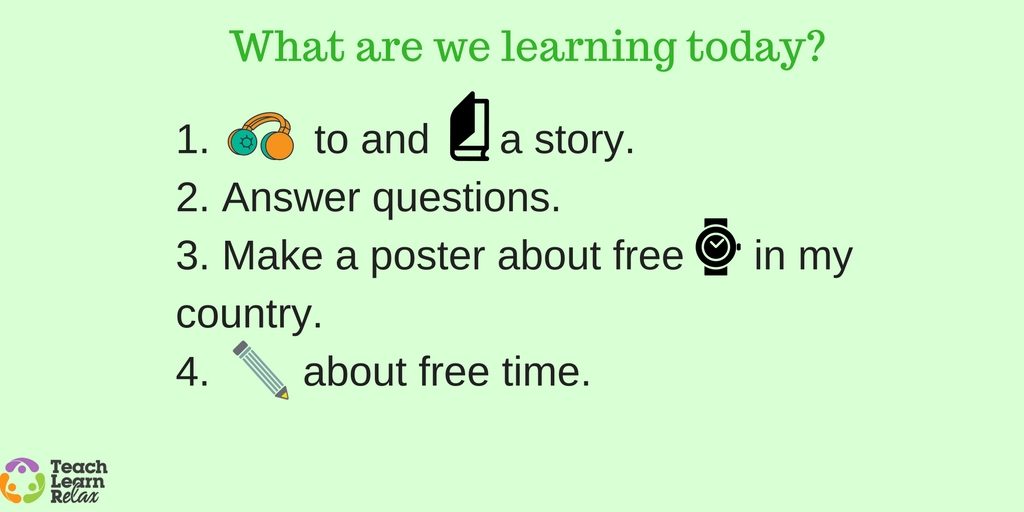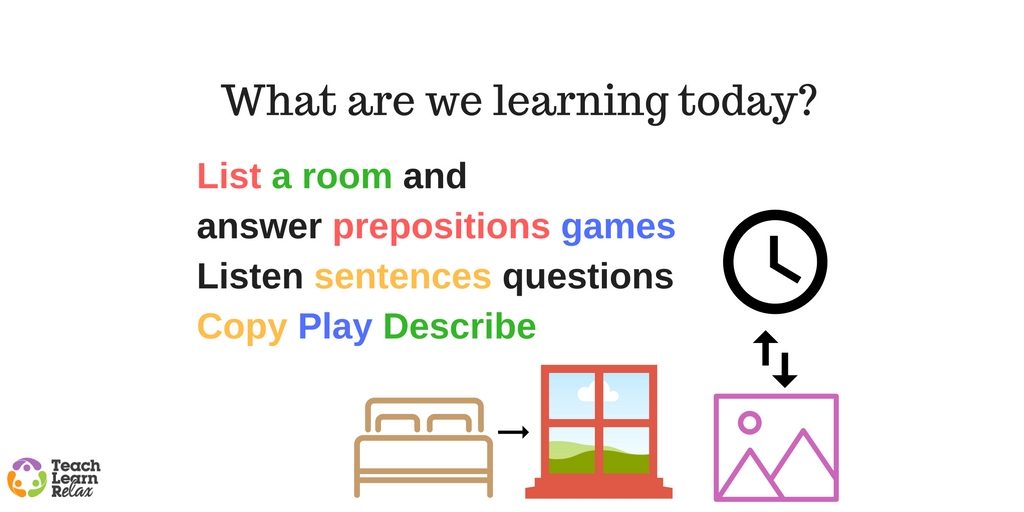Honestly, I can imagine how you feel when anyone mentions “Aims & Objectives”. You ask “Again?!” Either they talk about A&O in relation to your lessons or teacher training sessions – the feelings are the same: boredom, panic, routine, lack of interest. The problem is that they are a MUST of each lesson and there is always one question still unanswered – how do I set perfectly relevant and SMART A&O? I know that most of the teachers are still in pursuit of mastering that skill. I am one of them too.
Thanks to Aims & Objectives students know what they are going to learn and in what order so the lesson is easy to follow. They are also able to determine where they are at each stage of a lesson. They know what the focus is and which skills will be practised or what topics will be introduced. A&O help with revising material and going through assessment procedures as well. This is helpful, isn’t it? So instead of getting rid of them, let’s try to look at them from another point of view. Let’s start liking them!
If we really have to keep them, we may need to re-think the way they are delivered. I have tried to escape the routine of writing a set of boring bullet points every lesson and started experimenting with changing the way how A&O can be introduced. The task itself is more time consuming, but there are more meaningful outcomes for the students. I focused on involving students and giving them opportunities for being responsible for their own learning. This promotes collaboration, teamwork and encourages students to be proactive.
The examples below are mainly for students whose level of English is not advanced. The amount of A&O introduced depends on the length of a teaching session so feel free to adapt them.
- Word searches and cryptograms,
- Matching and unscrambling phrases,
- Replacing pictures with words,
- Completing gaps or finishing sentences/phrases,
- Guess A&O from looking at images,
- Collate a list of A&O (students are given various A&O and a topic and have to discuss which A&O are relevant),
- Make your own A&O.
My advice is to have a final version printed anyway, so you can pass it to a latecomer or keep it for a student who misses a class. While you are teaching, get back to your A&O frequently, revise them and ask students to say or tick what has been done so far.









Add Comment